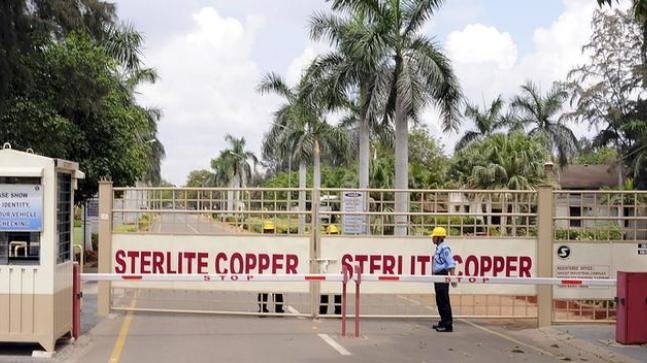It has been more than one year since the closure of the Tuticorin plant (May 2018) and this is an example of how bad politics could lead to bad economics. The closure of the plant does not only hurt the copper industry but also thousands of medium and small sector units whose business was dependent on Vedanta’s plant. The ‘negative spillover effect’ of plant closure impacted the electrical industry, building and construction industry, automobiles industry, and consumer durables industry.
The Tamil Nadu government had ordered complete closure of the plant in May 2018. But the National Green Tribunal (NGT) cleared the reopening of the plant a few months back. However, the Supreme Court overruled the NGT order and the plant remains non-operational. The matter is sub-judice and the case is pending in Madras High Court.
Tuticorin plant produced 400,000 tonnes per annum, accounting for 40 percent of total copper production in the country. After its closure, total production of India fell by 47.1 percent the above 40 percent drop was due to the shutdown of smelters of Hindustan Copper (HCL) and Hindalco for maintenance purposes.
According to Vedanta Limited group chairman Anil Agarwal, “We have lost about $200 million in bottomline (profits),” he said. “Forget about bottomline. How can you stop production and start importing? After all, what we did at Tuticorin was import substitution.”
According to estimates by Engineering Export Promotion Council (EEPC), the closure of the plant cost around 3 billion dollars in a year due to direct and indirect losses. More than 400 businesses across the country and primarily in Tamil Nadu were hit due to the closure of the plant. The domestic demand has been filled with import from China, India was going to be a major exporter of copper in the next few years but the closure of the plant forced the country to import the metal from China. The export of metals fell by 61 percent to 127.43 million dollars in FY 19 due to closure of the plant.
The Anil Agrawal led Sterlite Copper, the company which operated the Tuticorin plant posted a loss of 409 crore rupees in FY 19 compared to 905 crore rupees profit in the previous year. This results in an effective loss of almost 1,300 crore rupees even if we keep the company’s production constant. The plant alone was responsible for 3.3 percent of state GDP and employed 3,500 people directly and 20,000 people indirectly.
“The prolonged closure has had a significant negative impact, not just on our bottom line, but also on Tamil Nadu and nation as a whole. The cascading effect of the closure, manifested through widespread unemployment and increased costs for downstream industries, has been immense. Industry reports have already indicated a sharp rise in imports and fall in exports,” said Pankaj Kumar, CEO, Sterlite Copper.
The state governments should have a more cooperative attitude towards industries. Only initiatives from central government will not help in economic rise of the country unless every state government is willing to cooperate with industries. It was found that the church was involved in organizing the protest against the Sterlite plant.
Swarajya had earlier reported that the churches in the region had appealed to its members to support the Sterlite protest. The magazine had also reported that one of the mobs, comprising of around 5,000 people, had gathered in front of one of the churches in the region before it proceeded to wreak havoc. The article goes on to claim that according to the Intelligence Bureau, there were Naxal elements among the protestors too and that the police had been tipped off about this. So, it seems that church and Naxals succeeded in hurting economic interests of India, Tamil Nadu, and poor people of the region due to the lacklustre attitude of state government.































